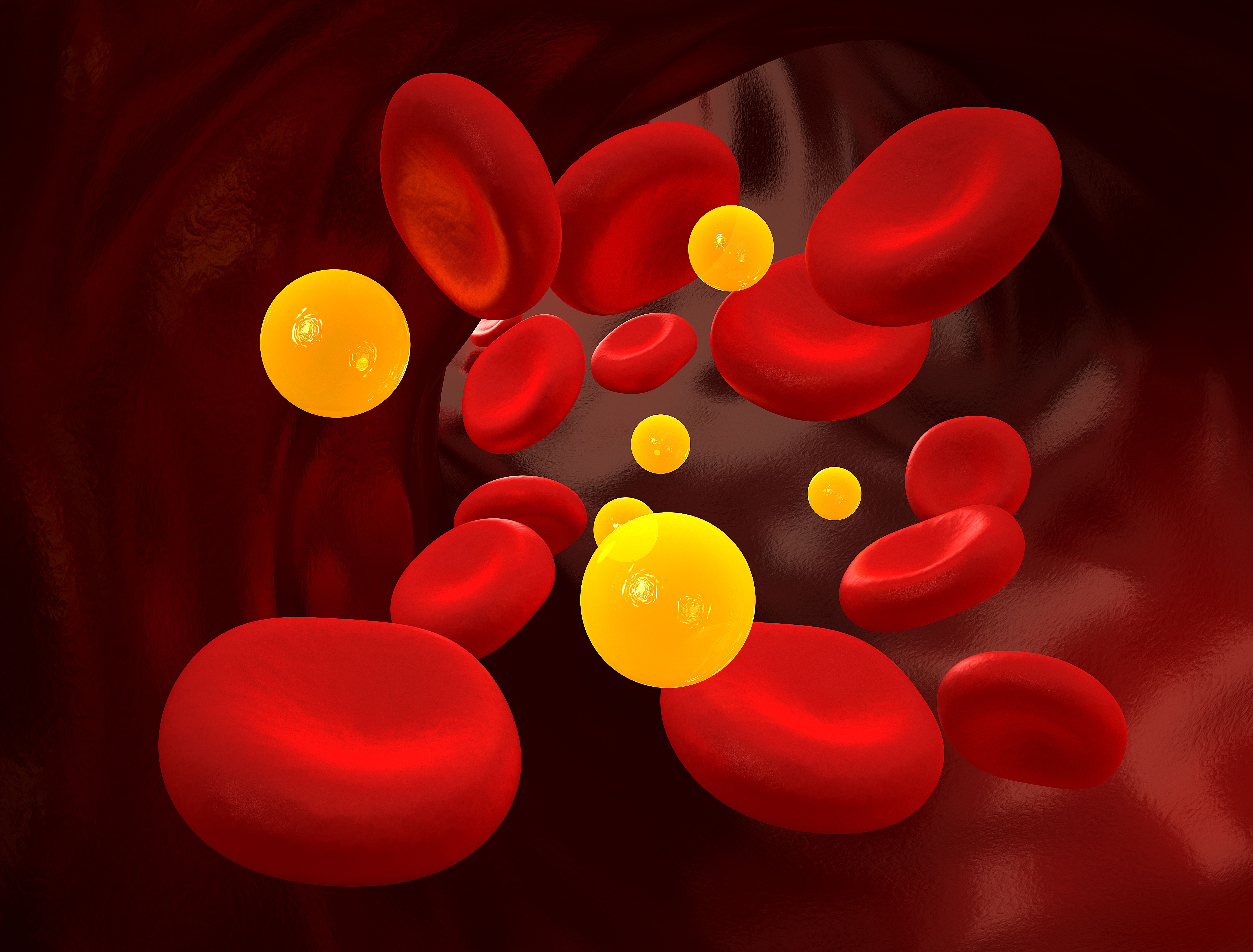Video
ASCVD and Hypercholesterolemia: Combination Therapy and Statin Intolerance
Author(s):
Erin D. Michos, MD, MHS; Christie Ballantyne, MD; Yehuda Handelsman, MD; and Paul S. Jellinger, MD, MACE, address the use of combination therapies and statin intolerance in patients with atherosclerotic cardiovascular disease (ASCVD) and hypercholesterolemia.
Yehuda Handelsman, MD: We touched on before about using combination therapy to reduce LDL [low-density lipoproteins], and we mentioned statin,…bempedoic acid, and ezetimibe. Before we had the PCSK9, I used colesevelam, niacin, and fenofibrate, and all of them together would get about 50% reduction, which was not that bad when the patient could not take statins. Erin, do you use a combination of LDL reducing, triglyceride reducing, or other aspects of lipids?
Erin D. Michos, MD, MHS: These drugs don't benefit patients who don't take them, but adherence could be improved with using single combinations. There is a combo drug with rosuvastatin plus ezetimibe, and we talked about bempedoic acid combining with ezetimibe. There's also other combinations like statins with PCSK9, we've discussed that they are not single pill combinations, but there's new things on the horizon. Inclisiran was recently FDA approved. We're trying to figure out how to roll it out, but the advantage with that is, it's only dosed twice a year from a subcutaneous injection. This hopefully will help with adherence, particularly in younger individuals, as it is just once more than a flu shot a year, so there might be a potential advantage there. So yes, frequently I use combination therapy. I take care of a lot of women from my women's health clinic, and women have more statin intolerance. It's real to them. I do all the rigmarole that Christie outlined and try to get them on at least a little bit of rosuvastatin, but we need combination in these patients.
Handelsman: You said something very correct there, and we touched about statin intolerance several times. You mentioned you see it more in women, so, is statin intolerance a myth? As many people say and the studies that you mentioned point out, or is it reality and can you address it?
Michos: I thought the SAMSON study was provocative, because it was an n-of-1 study, meaning it was their own control. They enrolled patients who had statin intolerance, and gave them 12 months of bottles, 3 months were statin, 3 months were placebo, and 3 months were empty bottles where they didn't take anything that month and knew they weren't taking anything. This trial showed that 90% of the symptoms that they were having during their statin months were listed by placebo, too, showing that there was a 90% nocebo effect. When they presented patients with their own data, they were able to get more than half of them back on a statin. There's a huge nocebo effect, but unless you can do these challenges with the patient it's hard to convince them that their symptoms are not just statins.
Christie Ballantyne, MD: But even then, they didn't get them all back.
Michos: Right.
Ballantyne: Here you get the data right in front of the person. In practice, I cannot do a nocebo, it's an impossible thing to do. The closest you can do is, you can give CoQ10, which is at least something where I can give them a placebo that will improve their symptoms. I've had people get better on CoQ10. Is it real? I don't know, but if they feel better.
Handelsman: From the…that showed that CoQ10 may help people with diabetes.
Ballantyne: It certainly goes down, because CoQ10 is transported in lipid-protein, so it goes down if you use a statin in plasma, but it doesn't mean it goes down intracellular. My goal is to reduce the cardiovascular risk to the patient in front of me. I've got to work with them, this is a fact of life when you're in practice, I cannot just show papers and say, is it in your head or not? Certainly, I have patients who have had all kinds of very serious, clearly documented side effects from statins. How do I know which one has it or not? I must trust them and work with them. It's a reality that we live with, particularly if you're in a referral lipid clinic, much more so than in primary care. We see these serious patients, and we should treat them. We have the tools.
Michos: Right, and we have new agents now.
Handelsman: Even if it's a myth for them, it is a reality, and that's something that is important to recognize.
Ballantyne: Then let's go back to the GOULD study, which I've been a part of, where 70% of those people are on combination therapy for hypertension, 40% to 50% for diabetes. They all had to have an LDL of over 70 to get in, 20% on lipids. These were the enthusiasts. If you go to the European registries, it's more like 6% who were taking combination therapy to 8%. There is a mindset that those are all chronic conditions. We have the ability to control lipids in almost every patient we see, if we would be flexible and have the approaches, "I can do monotherapy, I can do combination therapy, We'll work it out for you." As you mentioned, following up on this is the frustrating part. We do it for hypertension, and yet our hypertension therapies are not as effective as our lipid therapies. We don't get people's blood pressures in practice down to 110 or 100, you take their LDL down to 30.
Paul S. Jellinger, MD, MACE: You're also doing diabetes every day of the week, combination therapy, and rarely is a patient on monotherapy.
Handelsman: You're right. We're talking about how statin intolerance is real, I’ve seen it twice. One is a patient who was allergic to a statin, she just blew up and we forget that can happen. She also got it when she got her MI [myocardial infarction], so she really blew up. I also had a patient who started one day, this was an avid cycler, it was in Yosemite Park, and I get a call in the middle of Memorial Day weekend. He could not get out of a chair. He just started on rosuvastatin a week before, and he could not get up from the chair. He stopped it, and the next day he was up and doing his cycling and I knew it was real. He wanted to take it, he wanted to prevent cardiovascular disease, so we have it.
Michos: We have new agents now, which is good.
Handelsman: We have new agents.
Transcript Edited for Clarity





